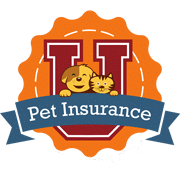Komondor
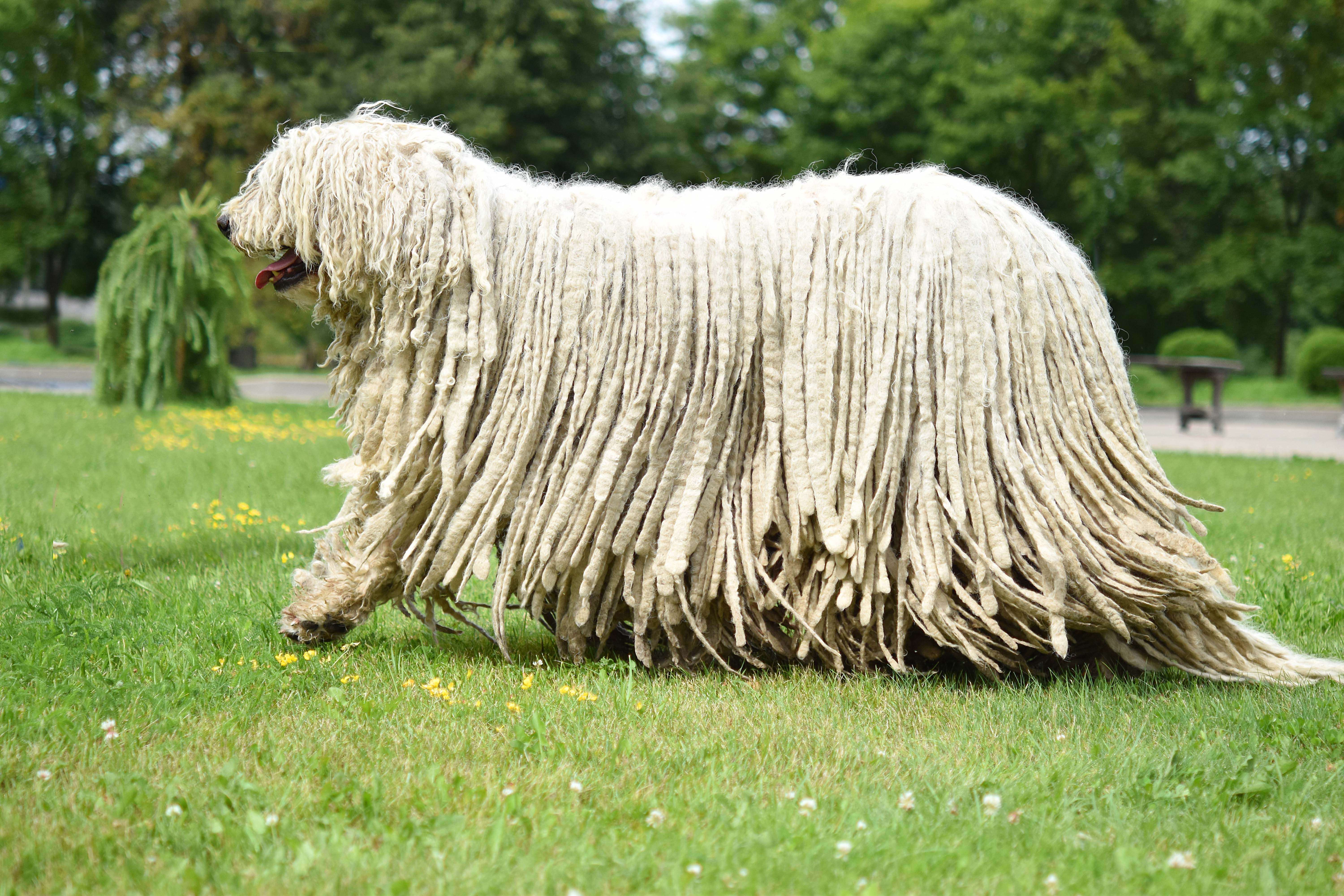
Free Pet Insurance Comparison
Compare Quotes From Top Companies and Save
Secured with SHA-256 Encryption
Dr. Pippa Elliott BVMS, MRCVS
Veterinarian
Dr Pippa Elliott BVMS, MRCVS is a veterinarian with over 30 years of experience in companion animal practice. In 1987 she graduated from the University of Glasgow, with a degree in veterinary medicine and surgery. She works at Blythwood Vets and the People’s Dispensary for Sick Animals (PDSA). Pippa is an advocate of Fear-Free Practice, an animal addict, and a veterinary writer. She is also w...
Veterinarian
UPDATED: Feb 3, 2025
Pet Insurance U receives compensation from the third parties included on this site. This includes payment for clicks from our site to insurance providers’ sites and quote requests generated. Our rankings and reviews are not affected by payments from the insurance companies. The compensation we receive allows the site to be free and regularly updated. Our goal is to review every pet insurance provider, but not all companies are listed on the site.
And many of the companies we review do not pay us anything. We simply rate, compare and review their plan because we feel it will be valuable to you. Our reviews are guaranteed to be unbiased, professional and advertising compensation does not influence rankings.
We are a free online resource for anyone interested in learning more about pet insurance. Our goal is to be an objective, third-party resource for everything pet insurance related. We update our site regularly, and all content is reviewed by pet insurance experts.
UPDATED: Feb 3, 2025
Pet Insurance U receives compensation from the third parties included on this site. This includes payment for clicks from our site to insurance providers’ sites and quote requests generated. Our rankings and reviews are not affected by payments from the insurance companies. The compensation we receive allows the site to be free and regularly updated. Our goal is to review every pet insurance provider, but not all companies are listed on the site.
And many of the companies we review do not pay us anything. We simply rate, compare and review their plan because we feel it will be valuable to you. Our reviews are guaranteed to be unbiased, professional and advertising compensation does not influence rankings.
On This Page
The Komondor dates back to the late 16th century or that is when they have the first records of the breed. They were known for guarding different livestock herds in Hungary.
However, they are thought to be an ancestor of the Russian Owtcharka which is a different breed of sheepdog.
They are great guard dogs due to their white coats and curl because they were able to blend in with the sheep and see predators before they ran away.
In the mid-1920s, as a result of the War, Komondors were very rare and almost extinct. After that time, the breed was brought and bred in the United States in the early 1930s.
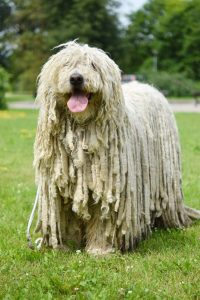
The Komondor, while still a guard for livestock in many countries, is a domestic companion in many homes.
Need Pet Insurance?
FACT: Pet insurance pays up to 90% of vet bills when your pet is sick or injured!
Komondor Dog Breed Characteristics
The male Komondor is about 28 inches tall and weighs a minimum of 100 pounds.
Both male and female breeds are classified as large dogs.
The female Komondor is about 26 inches tall and weighs a minimum of 80 pounds.
They have a very unique coat.
As a puppy, the Komondor has softer curls that become quite dense when he matures. The coat develops cords that actually look like a mop or even dreadlocks.
Their undercoat, surprisingly, is pretty soft.
Most puppies will have a buff or cream color to their coat that becomes white as they mature.
Related: 10 Things You Must Know Before You Buy Pet Insurance
Because the curls are so tight, the shedding stays on the dog, which means more cleaning, but that the dog is pretty hypoallergenic.
While their coat doesn’t need to be brushed, they should be bathed or groomed every few weeks.
The cords usually grow in when they reach a year old, and that is when keeping the coat clean is essential.
It can take 2 years for the cords to form completely.
Their life expectancy is between 10 and 12 years old.
Enter your ZIP code below to view companies that have cheap pet insurance rates.
Secured with SHA-256 Encryption
Komondor Personality
The puppies mature very slowly as it can take them up to three or more years.
Once they do mature, they are a very devoted pup with a calm demeanor.
Komondors are very intelligent and very proactive dogs which can make them great watchdogs. They are, however, nervous around strangers and can sometimes act aggressively toward other dogs.
Because of their fierce and protective personality and their large size, they might not be a great fit for a timid owner or for a first-time pet owner.
Just like other dogs, they need early training and socialization. The more you expose your puppy to other people, situations, and other animals, the more well-rounded your dog will become.
Learn More: Why I Wish I Bought Pet Insurance When I First Got My Dog
Because of their large size, they are not recommended for small children who might be nervous or scared around them. Older children, who have been exposed to dogs at an early age, could be a good fit.
They are generally not big fans of other dogs and because of their independent nature, are very good at enjoying a single-dog home and family. They can learn to get along with other animals including cats.
Komondors need a moderate amount of exercise and a few short daily walks should do it.
If you let them outdoors in a yard, make sure that you have a good, secure fence.
As guard dogs, they will run after any little animal or dog that walks by and therefore need a secure back yard.
Real Cost Savings from PetFirst Clients
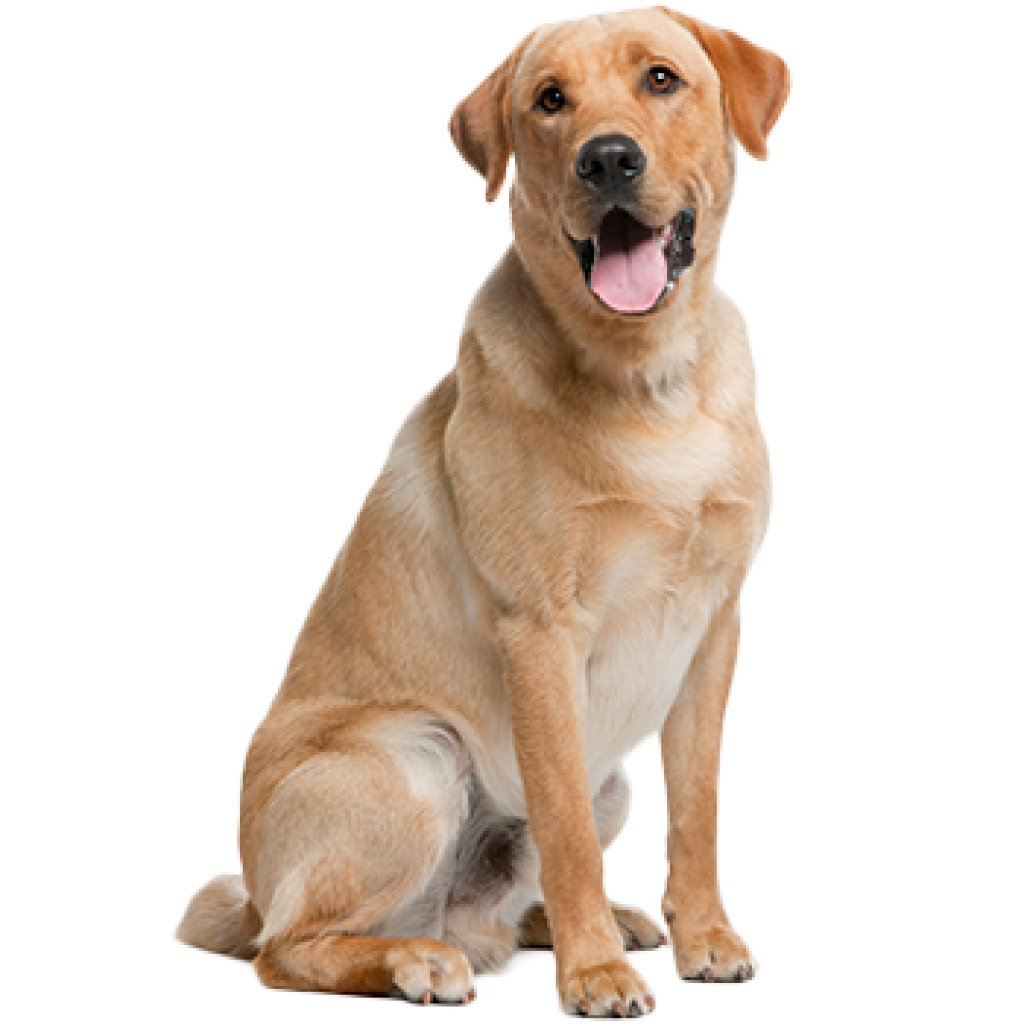
Luna
PetFirst saved his parents
$6,712
A happy energetic Luna one morning couldn’t hold her food down. After months of multiple costly vet visits to specialists and an endoscopy, the problem was discovered and fixed. Luna put 22 pounds back on in no time and her parents were grateful for having PetFirst by their side to pay the bills.
Common Health Issues in Komondors
Komondors are healthy dogs, but similar to all breeds, they can pre-disposed to some common health issues.
Of course, not all puppies will get any or all of the below conditions, but it’s always good to know ahead of time what illness might develop when considering a Komondor.
A good breeder will have health clearances that will show that your Komondor’s dog parents don’t have any of the below conditions:
Entropion
Entropion, which usually occurs by five to six months old, is a condition that causes the eyelid of the dog to roll inward which will insure or irritate the eyeball. Both eyes can be affected.
Some of the symptoms include pawing or rubbing at the eyes, inflammation, red eyes, spots on eyes and even corneal ulcers.
Entropion can lead to vision loss if not corrected.
Surgery can correct the condition once the pup reaches maturity.
Gastric Torsion or Bloat
Bloat or gastric torsion is the result of the sudden abundance of air and gas in the dog’s stomach. The influx will cause the dog’s stomach to distend and even twist.
While this might not seem serious, it can cause the dog to die if not treated properly.
Diet and medication can help reverse this condition.
Hip Dysplasia
Hip dysplasia, which is common in big dogs, is a disease when the hip joint is weaker due to the abnormal growth during the dogs’ development.
Usually, the dogs have normal looking hips at birth, but as they mature the hip bone will pop out of place. This can lead to a number of health issues including arthritis.
The condition which can develop over time can be very painful for some dogs.
Surgery is recommended in severe cases.
Alternative therapies, such as hydrotherapy or physical therapy can help in less severe cases.
Should You Purchase Pet Insurance for Your Komondor?
When you have a breed like a Komondor that is pre-disposed to many different health conditions, pet insurance can be very valuable and necessary.
If your pup develops hip dysplasia or entropion, the treatment can be very expensive particularly in the more serious cases.
Pet insurance will pay not only for the treatment but also for the necessary post-operative care if your dog needs surgery.
With the rising cost of veterinary care, a typical vet bill can range anywhere from $8,000 to $15,000 which can really hit your bank account.
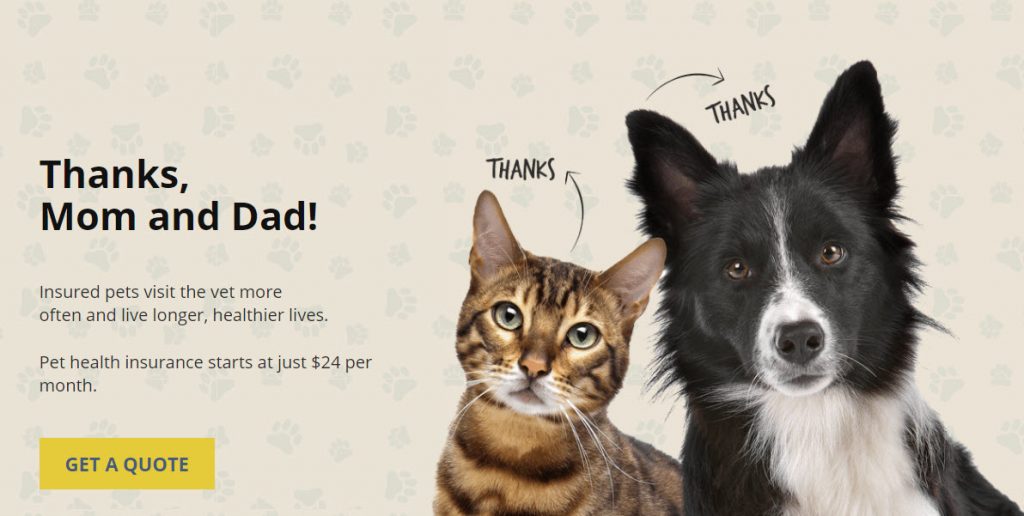
But, if you had already signed for pet insurance, you would only have to pay anywhere from 70% to 90% of that bill.
The important thing to remember is to insure your Komondor when he is just a puppy and before any of these conditions occur and become pre-existing.
Look for a well-rounded comprehensive policy that will cover all accidents and illnesses.
Accident policies only cover accidents and you want to be prepared for whatever might occur with your dog.
Healthy Paws, Embrace and Pets Best, all have excellent comprehensive policies to choose from with different plans, pricing, and options.
Pet insurance is really for the unexpected illness or accident that might occur with your Komondor and the peace of mind that you can always pay for it.
If you are looking for a new pet insurance company for your Komondor or any other pooch you might have, our list of the top 10 pet insurance companies is a great place to start!
Other articles you may find helpful:
Is Exotic Pet Insurance Necessary?
The Best Pet Insurance By State
Fun Facts, Dog FAQ, And Unsolicited Dog Advice
5 Training Commands to Save Your Dog’s Life
The Ultimate Guide to Safe Foods for Dogs
How do you choose a dog breed? There are so many awesome options! We have compiled a complete database about all the dog breeds, their mannerisms, care, and who they do best with. Statistically, some purebreds experience more health issues than mixed breeds. There are many pet insurance companies out there and we have put together a great article about the best puppy and dog pet insurance companies in the US.
You may be interested in one of these dog breeds:
Bernese Mountain Dog Pet Insurance
Cavalier King Charles Spaniel Pet Insurance
Cocker Spaniel Breed Information
French Bulldog Breed Information
German Shepherd Breed Information
German Shorthaired Pointer Pet Insurance
Golden Retriever Breed Information
Havanese Dogs | Average Cost and Care
Jack Russell Terrier Pet Insurance
Labrador Retriever Breed Information
Miniature Schnauzer Pet Insurance
Rhodesian Ridgeback Pet Insurance
Shetland Sheepdog Pet Insurance
Staffordshire Bull Terrier Pet Insurance
Enter your ZIP code below to view companies that have cheap pet insurance rates.
Secured with SHA-256 Encryption
Frequently Asked Questions
Can you provide more information about the Komondor dog breed?
The Komondor is a large, ancient Hungarian breed known for guarding livestock. With a unique corded coat resembling dreadlocks, they were historically used to blend in with sheep and protect them from predators. Though initially rare, the breed was revived in the United States in the 1930s and is now a domestic companion.
What are the characteristics of the Komondor’s coat?
The Komondor’s coat is dense and corded, resembling a mop or dreadlocks. The tight curls prevent shedding, making them hypoallergenic. The coat is buff or cream-colored as puppies, turning white as they mature. Grooming involves bathing every few weeks, and cords usually form by one year of age.
What is the personality of a Komondor?
Komondors are devoted, intelligent, and proactive dogs. While they make excellent watchdogs, they may be wary of strangers and exhibit aggression towards other dogs. Early training and socialization are essential. Due to their large size and protective nature, they may not be suitable for timid owners or first-time pet owners.
Are there common health issues in Komondors?
Komondors are generally healthy but may be predisposed to conditions like entropion (eye issue), gastric torsion or bloat, and hip dysplasia. These conditions can be expensive to treat, emphasizing the importance of pet insurance for coverage.
Why should I consider pet insurance for my Komondor?
Pet insurance for a Komondor is valuable as they may be prone to various health issues. Treatment for conditions like hip dysplasia or entropion can incur significant costs. Pet insurance helps cover veterinary bills, providing financial relief and ensuring your pet receives necessary care.
When should I get pet insurance for my Komondor?
It’s advisable to get pet insurance when your Komondor is a puppy and before any health conditions arise. This ensures coverage for potential illnesses or accidents. Look for comprehensive policies that cover accidents and illnesses, providing peace of mind.
Can you recommend pet insurance companies for Komondors?
Some reputable pet insurance companies with comprehensive policies include Healthy Paws, Embrace, and Pets Best. It’s essential to choose a policy that fits your needs and covers a range of potential health issues for your Komondor.
How long do Komondors typically live?
The life expectancy of Komondors is between 10 and 12 years.
Are there specific considerations for grooming Komondors?
While the Komondor’s coat doesn’t require brushing, regular bathing or grooming every few weeks is necessary. The characteristic cords typically form by the age of one and may take up to two years to develop fully.
Enter your ZIP code below to view companies that have cheap pet insurance rates.
Secured with SHA-256 Encryption
Dr. Pippa Elliott BVMS, MRCVS
Veterinarian
Dr Pippa Elliott BVMS, MRCVS is a veterinarian with over 30 years of experience in companion animal practice. In 1987 she graduated from the University of Glasgow, with a degree in veterinary medicine and surgery. She works at Blythwood Vets and the People’s Dispensary for Sick Animals (PDSA). Pippa is an advocate of Fear-Free Practice, an animal addict, and a veterinary writer. She is also w...
Veterinarian
We are a free online resource for anyone interested in learning more about pet insurance. Our goal is to be an objective, third-party resource for everything pet insurance related. We update our site regularly, and all content is reviewed by pet insurance experts.
